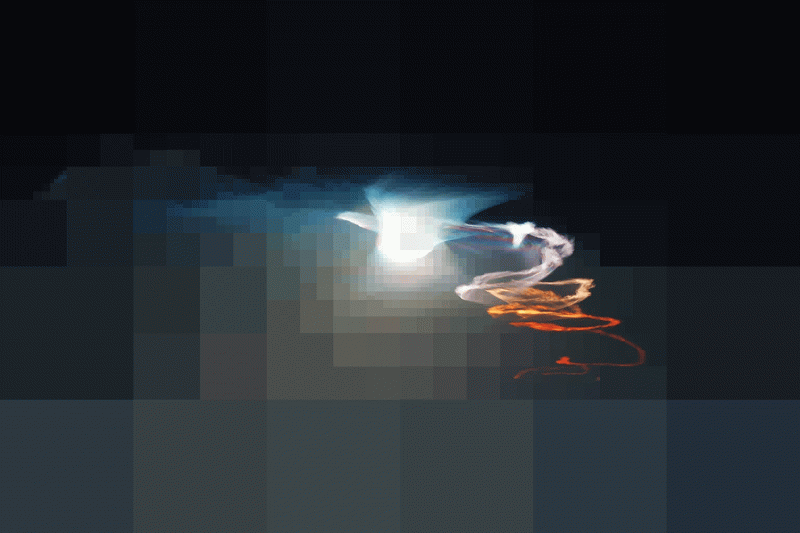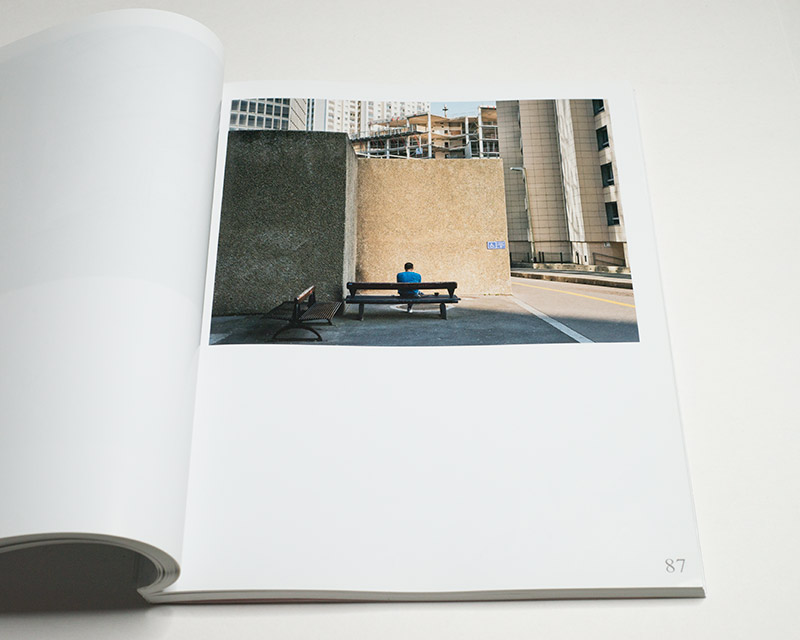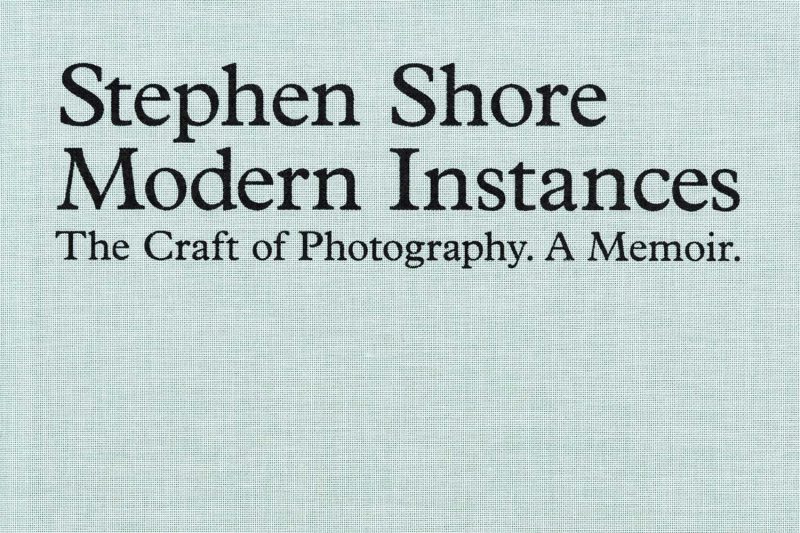“It’s hard to resist the thought,” Susie Linfield wrote, “that a very large number of photography critics—including the most influential ones—don’t really like photographs, or the act of looking at them, at all.” I find it hard to disagree. As a field (or maybe practice), photography has produced a very strange set of writing around itself: there is not very much to begin with, and what exists is often oddly dismissive of what photographs can do (and, let’s face it, it’s usually also shockingly elitist).
It’s not just a problem of critics, though. Photographers themselves do not tend to take their medium as seriously as painters do, or sculptors, not even to mention writers. Or rather, they take it seriously in some ways, but they always have an eye on something else. Photographs often are described as “painterly” (whatever that is even supposed to mean); they have been compared to poems (say what?); and of late photographers have embraced the conventions of movie making, resulting in photographs that feel like an excuse: I would do real movies, but alas… (it’s a lucrative game, though, collectors and museums love buying oversized and overpriced photographs filled with shallow artifice).
You might wonder: if photographs are so often described with references to other media, what does this say about photography itself? Is this particular medium so dull that one can only make sense of it with the help of other media?
If you look at photography’s infancy, large amounts of time were spent on discussing what it might mean to take a photograph. There was the convenience. But then there also was the fact that somehow, photographs resembled reality too much. Charles Baudelaire, a poet, famously called photography the “refuge of every would-be painter, every painter too ill-endowed or too lazy to complete his studies”. And photographers ate this up. In fact, I think they still do.
This resulted in a number of attempts to make photographs look more like art, spawning visual schlock such as pictorialism or, most recently, what people called New Formalism. Let’s ignore the fact that such attempts are based on a very shallow idea of what art might actually be and/or look like.
At their core, though, these attempts start out with an admission that, yes, on its own photography isn’t art, that it is the refuge that poet spoke about. So now one has to sexy up the photographs because on their own, they’re possibly as “ill-endowed” as Baudelaire claimed their makers were. That the poet’s comments might just have been some petty and rather ill-informed cattiness, emerging from Parisian art circles famous for exactly that — that thought didn’t seem to have occurred to anyone.
Today, photography is by far the most powerful and popular medium. And yet the field of photography is filled with insecurity regarding one’s own work and outright dismissiveness as far as popular-culture applications are concerned. Many practitioners always have at least one eye on other forms of art (in particular painting) — as if they can’t deal with the fact that like any other form of art, photography’s true power is based on its own restrictions.
Of course, part of the problem stems from the fact that photographers have embraced the commercial-gallery system with all its flaws, in particular its insistence on large, splashy pieces and editions (which can be sold for nice money to hang over some rich person’s couch). I now routinely come across websites where photographers list the dimensions of their prints and the edition sizes next to the work. I get it, selling three prints at some large size might make decent money — but what does that have to do with photography?
And there is the craftiness of it all. When I was teaching at an MFA program, I must have spent hours listening to people discussing the merits of one Mohawk superfine paper over some other. I’ve never been able to keep track of all the paper names. But I also remember that all the prints basically looked the same once they were deemed to be good. This is very curious if you think about it. You would imagine that photographers would strive for the prints to reflect their own artistic ideals. But no, there’s a sea of bland inkjet-print sameness.
It’s just a very curious situation: almost everything that makes photography photography — its endless possibilities, its limitless reproducibility — is being dismissed by the medium’s own most serious practitioners. Consequently, real advances in image making now happen outside of the narrow confines of photoland. Many social-media influencers are more adept at creating new images than artists who somehow can’t untether themselves from an art world that only produces benefits for a small number of photographers.
You would imagine that the world of the photobook is in a better shape. But the same problems play out there, albeit in slightly modified form: the elitism, the catering to the wealthy and subsequent production of luxury items, the endless repetition of utterly tired conventions. When it’s not an exhibition in some white space (ideally in one of the centers of the art world), photographers want an expensively produced photobook that they then end up selling to their friends and other photographers.
In all my years of teaching and looking at photography, I’ve seen maybe a handful of photographers or artists who attempted to break out of this tiresome model. For example, Moyra Davey printed out photographs, folded them up, and sent them out in the mail. Alas, later those pieces then end up on the walls of galleries or museums again. Zoe Strauss hung up prints under a highway overpass.
Why can’t a photograph not be printed on your $69 office inkjet printer? Why couldn’t it not be printed by a commercial printer that usually produces posters for advertising? Why do photographers stick to a framework that eliminate about 90% of the true creative potential of the medium?
I think in the end, it all circles back to the idea that photographers want to make art. For photography to be art, it has to look like art, meaning: it has to conform to conventions that were made for other art forms and that do not serve photography particularly well.
These days, NFTs are all the rage in photoland. You’ll find the very same mechanisms playing that have plagued art-photo circles for decades. Just swap out bland art-marketing speak for tech-speak gibberish, throw in some claims that might make normal people think you’re on some substance, and you got your NFT photo statement. Instead of a glitzy car dealership, you now have your Carvana.
It’s not even that I mind galleries and expensive photobooks. If you’ve followed my writing, you know how much I love books. I even like looking at exhibitions (when they’re well done). It’s just that I’m missing a sense of experimentation. I’m missing the realization that an insistence on boring craft while dismissing photography’s true potential reduces a potentially very powerful medium to the caricature that large parts of art photography essentially have now become.
My theory is that experimentation proves to be too risky when there are only those two possible end results (gallery exhibition and expensive photobook). Obviously, there is only limited artistic freedom within those very narrow parameters. And that, in turn, has led to the stasis that we witness in today’s art photography.
Unlike the various critics mentioned by Susie Linfield I genuinely love looking at photographs. I might have my misgivings about certain things (who doesn’t?), but I love photography. I look at photographs every day, all day long.
But that looking is becoming more and more of a drag. It’s not because there are too many pictures (that’s just a silly talking point). It’s simply the sea of drab sameness, the lack of experimentation, the rejection of most of the possibilities offered by a medium that like no other reflects the world back to us.








